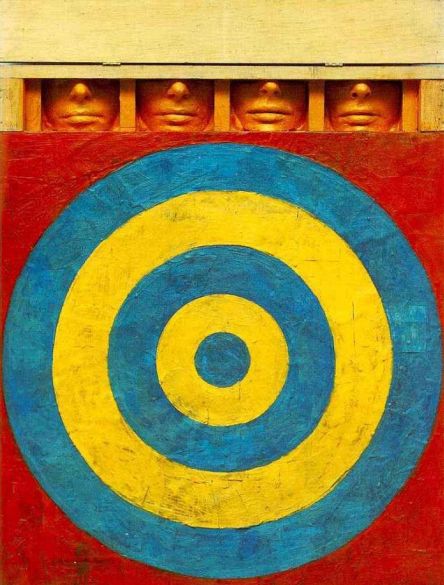Understanding Geometric Abstraction
What is Geometric Abstraction?
This lecture explores geometric abstraction, a form of abstract art that uses geometric shapes like circles, squares, and triangles. But before diving into geometric abstraction, let’s understand the two key terms: geometric and abstraction.
Understanding Geometric Shapes
Geometric forms are easy to grasp. They’re the basic shapes we encounter in mathematics – circles, squares, triangles, etc.
Understanding Abstraction
Abstraction is art that doesn’t aim to depict reality realistically. Instead, it uses shapes, colors, forms, and gestural marks to create its effect. Essentially, abstraction involves distorting forms away from a realistic representation. The further the distortion, the more abstract the artwork becomes.
Geometric Abstraction Explained
When we take these abstract forms and turn them into geometric shapes, we enter the realm of geometric abstraction. It’s important to remember that abstraction usually stems from representational forms. Here’s the key distinction:
- Abstraction: Distorts realistic forms.
- Non-representationalism: Doesn’t use forms from the external world at all.
A Brief History of Geometric Abstraction
The term “abstraction” initially referred to paintings with highly distorted forms in the early 1900s, before non-representationalism emerged as a distinct approach. Today, we use:
- Abstraction: For artwork derived from representational forms.
- Non-representationalism: For purely invented forms, not based on external sources.
Geometric abstraction utilizes simple geometric forms in a non-illusionistic space. These forms are non-objective, meaning they don’t come from the real world. Inspiration often comes from rhythm, interval, or the spacing of the forms used.
Pioneers of geometric abstraction in the early 20th century include Hilma af Klint, Kazimir Malevich, Piet Mondrian, Paul Klee, Wassily Kandinsky, Stuart Davis, and Ad Reinhardt. A full-fledged geometric abstraction movement arose in the 1960s and 70s, with prominent artists like Frank Stella, Kenneth Noland, Richard Anuszkiewicz, Ellsworth Kelly, Al Held, and Victor Vasarely.
Key Geometric Abstraction Artists
- Hilma af Klint: A Swedish artist considered a pioneer of geometric abstraction and geometric non-representationalism. She used geometry as a symbol and metaphor for a spiritual dimension.
- Kazimir Malevich: A Russian artist known for his “Black Square” paintings. He believed the black square, a simple shape, represented all of painting. He also experimented with color and more complex compositions.
- Piet Mondrian: A Dutch artist who believed the beauty of lines and colors, and the relationships between them, were more inspiring than concrete subjects. He emphasized that abstract art is neither dogmatic nor decorative.
Insights from Geometric Abstractionists
- Frank Stella (American Artist): Emphasized presenting the artwork to the viewer rather than inviting them to explore or read a record of the artist’s process.
- Morris Louis (American Artist): Influenced by Mondrian, he explored relationships between colors and their quantities.
- Barnett Newman (American Artist): Believed his paintings weren’t windows leading to an interior or exterior world, but self-contained experiences.
- Kenneth Noland (American Artist): Pioneered “One Shot” painting, where the work is created in a single session.
- Mark Rothko (American Artist): Focused on the emotional impact of his paintings. His simplified shapes and layered application of paint create subtle light effects.
- Richard Diebenkorn (American Artist): Described the artistic process as complex and challenging, with moments of struggle and moments of achieving the desired relationship between elements.
- Frank Stella (American Artist) (mentioned again for emphasis): Viewed himself as a “synthetic painter” using ideas and constructed forms, rather than a painter of natural sensibilities.pen_spark




